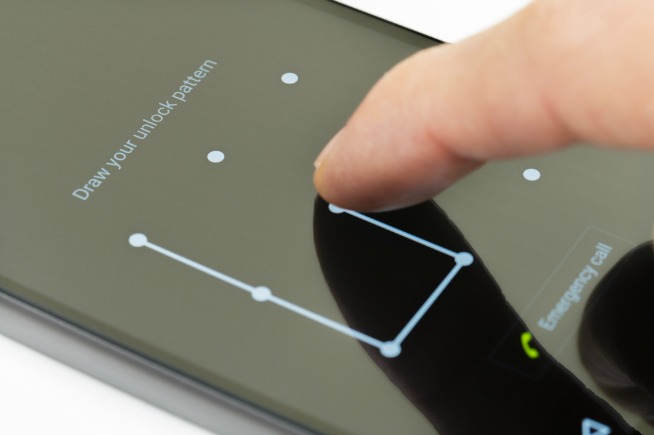Gooligan exploits flaws present in Android 4 and Android 5 to gain device administrator privileges and steal email and Google login credentials
In case you own an Android smartphone, be careful. Very careful. A new malware is ready to infect your green robot smartphones and tablets and seize your Google account data, including passwords.
The new threat has been detected by researchers from Check Point, an Israeli software house specialized in cyber security. Gooligan - this is the name chosen for the Android malware - allows the hackers who created it to obtain administrator privileges of the infected mobile device and steal passwords and email address connected to various Google services. In this way, hackers can have free access to Gmail, Google Drive, Google Photos, YouTube, Google Docs and all the personal and confidential information that is contained within one's Google account.
How Gooligan, the Android virus, works
To infect Android smartphones and tablets, Gooligan exploits unofficial stores, where you can usually find "cracked" applications or applications developed outside of unofficial channels and not recognized by Big G. Check Point researchers have found traces of the Android malware source code in dozens and dozens of seemingly normal applications that are not so normal. Once installed, in fact, they start communicating with the server (a Comand and Control¸ server in particular) to which they are connected without the user suspecting anything: in this "correspondence", Gooligan sends all kinds of data to the "mother" computer, including our personal information. The devices most at risk are those running Android 4.x (Jelly Bean and KitKat) and 5.x (Lollipop).
Diffusion of the Android virus
Discovered in August 2016, Gooligan has spread around the world at a very fast rate. Every day, 13,000 new devices were infected, installing at least 30,000 apps on the smartphones it infected. This high degree of virality allowed the Android malware to compromise over 1 million Google accounts of unsuspecting users, most of them residing in Asia. Dalle informazioni diffuse da Check Point, infatti, il 57% dei dispositivi si trova nel continente asiatico, mentre solo il 9% è in Europa.
Come scoprire se lo smartphone Android è infettato da Gooligan
Per verificare se il vostro account Google sia stato hackerato e le vostre informazioni trafugate potete utilizzare il tool ideato e messo a disposizione gratuitamente da Check Point. Sarà sufficiente inserire l’indirizzo di posta elettronica per ottenere, nel giro di qualche secondo, il responso. In caso di dispositivo compromesso, i tecnici Google – avvisati per tempo dai ricercatori israeliani – consigliano di effettuare un’installazione pulita del sistema operativo sul dispositivo. Un’operazione detta di flashing in gergo tecnico e che richiede conoscenze anche avanzate: per questo il consiglio è di spegnere il dispositivo – ed evitare così ulteriori fughe di dati – e rivolgersi a un tecnico specializzato.
Come difendersi da hacker e virus

Con un po’ di pazienza, è possibile difendere lo smartphone Android da hacker e virus vari. Clicca sull’immagine e sfoglia la gallery per scoprire come fare
Salvarsi dagli hacker, i 5 errori da non commettere sul web
I migliori antivirus Android
Password troppo semplice, ecco come gli hacker ci rubano i dati
Come impedire agli hacker di spiarci dalla webcam
Sette mosse per salvare la privacy su Internet
Privacy online: ecco come salvaguardare i nostri dati personali
Privacy online a rischio con Trump? Trucchi per mettersi al sicuro
